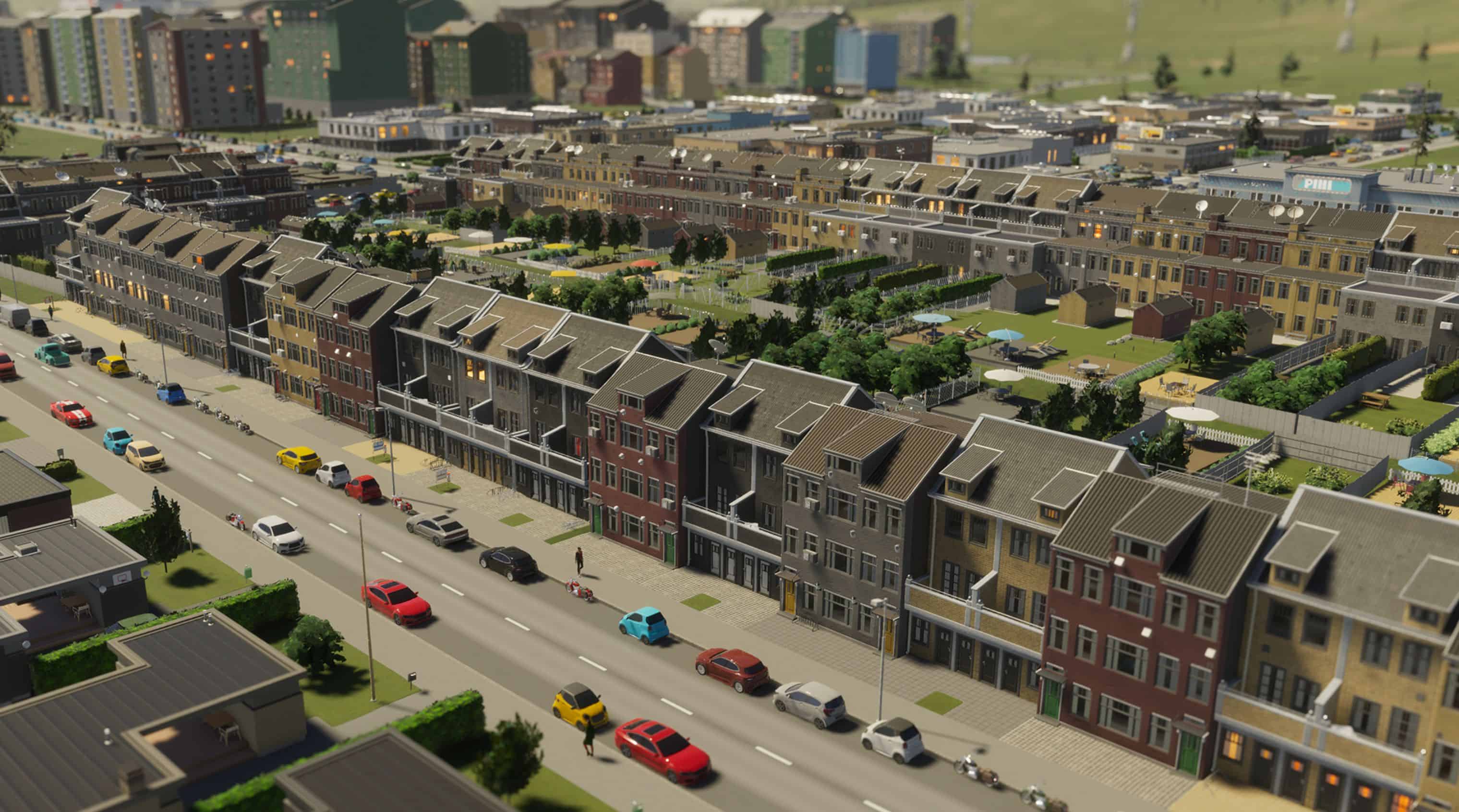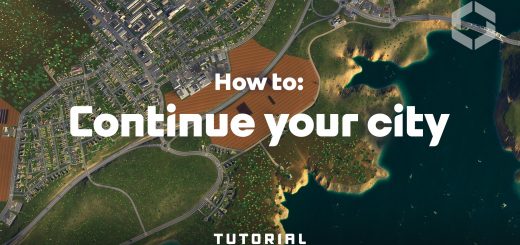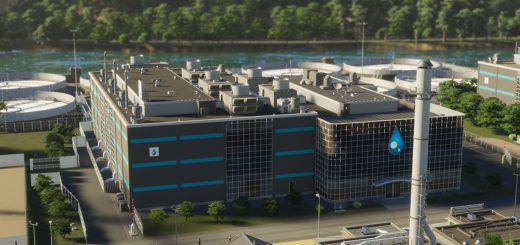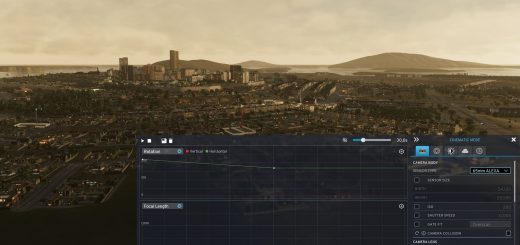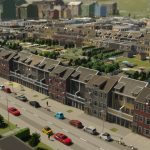
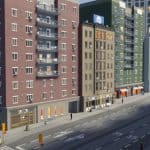
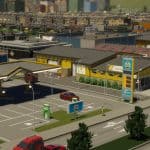
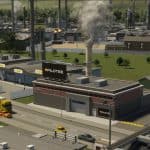
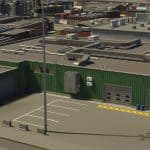
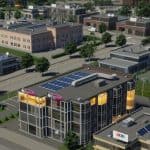
Cities Skylines 2: Zone Types
Cities: Skylines II introduces a greater variety of zone types compared to the original game. The residential zones have more than doubled, offering six distinct zones to craft more diverse and lifelike urban landscapes! You’ll still have access to the familiar low density single-family homes and high density apartment towers.
The game introduces medium density terraced houses, apartment complexes, mixed-use buildings with shops on the ground floor and apartments above, and affordable housing blocks with numerous small apartments. The latter is particularly suited to low-income dwellers like students and young adults venturing into independent living.
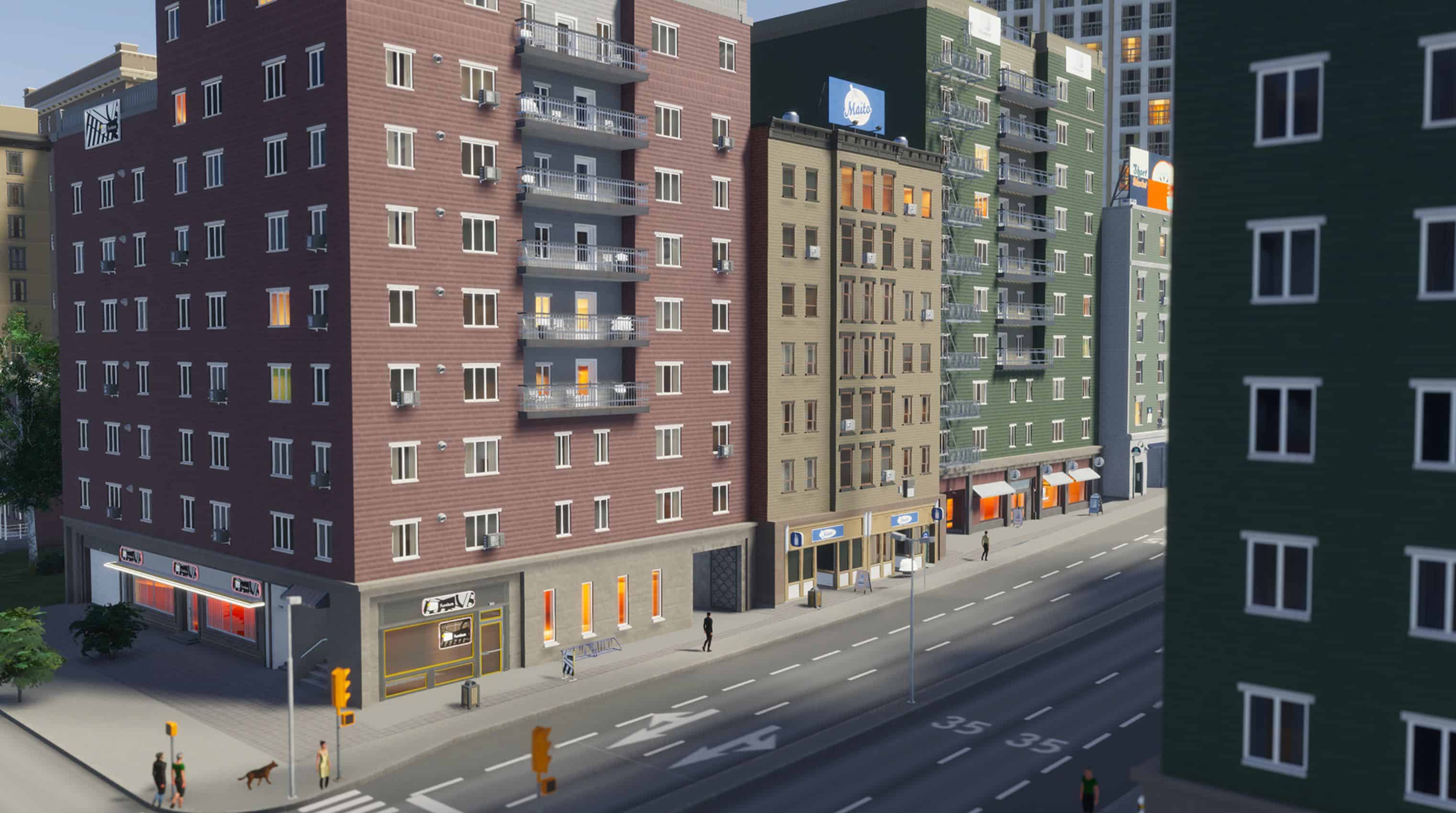
Satisfy your city’s residential and commercial demand by building mixed housing
While low and medium density zones often boast larger apartments, these come with a heftier price tag. The living costs in detached houses, townhouses, and medium-rise apartments are usually higher as the expenses are shared among fewer households. Land value also influences these smaller units more, affecting the overall rent. In contrast, high-density zones can accommodate more residents in a compact area, albeit in smaller apartments, but with more affordable rent due to a greater number of tenants sharing building upkeep costs.
Mixed-use zones add a touch of authenticity to your city planning, simulating traditional city centers where commercial and residential zones intermingle. These zones cater to both residential and commercial needs, making valuable use of space in bustling city centers. Commercial tenants contribute to the rent, making living costs more manageable for residents.
COMMERCIAL ZONES
Commercial zones, subdivided into low and high-density buildings, host a variety of businesses selling locally produced or imported goods. These include cars, groceries, clothes, and paper products, alongside leisure establishments such as restaurants, movie theaters, bars, hotels, and more. They thrive in proximity to residential areas, which supply a steady stream of customers.

Commercial businesses offer a range of goods and activities for your citizens to enjoy
The primary distinction between low and high-density businesses lies in their size, the nature of companies they host, and the volume of goods sold. Smaller, low-density businesses typically encompass boutiques, gas stations, small shops, and bars, while high-density entities usually include supermarkets, department stores, and recreational venues like theaters and hotels. Larger businesses employ more people, service more customers, and can stock and sell a wider range of products compared to smaller entities.
Local manufacturing is a boon for commercial enterprises, providing easy access to goods for sale. Nearby manufacturers also gain from reduced transportation costs, translating into increased profit per unit sold.
INDUSTRIAL ZONES
Industrial zones segregate into manufacturing companies and warehouses. Manufacturing is the dominant sector with numerous factories and workshops, while warehouses cater to specific needs of different companies, storing goods awaiting transport or buyers.

Local industry can provide your commercial buildings with goods at a lower price and bring in additional tax income
Goods are manufactured from materials either locally sourced or imported, to be sold to commercial businesses or further processed into different products or services. Local sales are preferred due to lower transportation costs. If goods are in surplus, companies export to outside connections, albeit at a reduced profit due to increasing shipping distances and market saturation. Companies periodically reassess their operations to optimize employee numbers according to current market requirements.

Warehouses appear mixed in with the manufacturing industry and provide additional storage for businesses
OFFICE ZONES
Like commercial zones, office zones are divided into low-density small office buildings and high-density skyscrapers. These zones produce intangible goods and services for both individuals and companies.
Office firms transform tech goods produced in industrial zones into software, and subsequently into other intangible goods such as telecom, finance, and media. While software is vital for the industrial and office sectors, it’s not directly sold to consumers. Other products derived from software, including telecom and finance, reach a wider audience. Media is directly sold to the public in forms like consumer electronics and video games.

Both low and high density offices provide your city with useful immaterial goods
ZONE SUITABILITY
Each zone has a Suitability Infoview that activates during zoning. This feature provides relevant data about the suitability of certain areas for the selected zone. For instance, when zoning commercial areas, it shows potential customer locations, and when zoning residential areas, it highlights ground pollution to avoid. It also flags areas that might be unsuitable due to factors like high land value, which could result in exorbitant rent for low-density housing.

